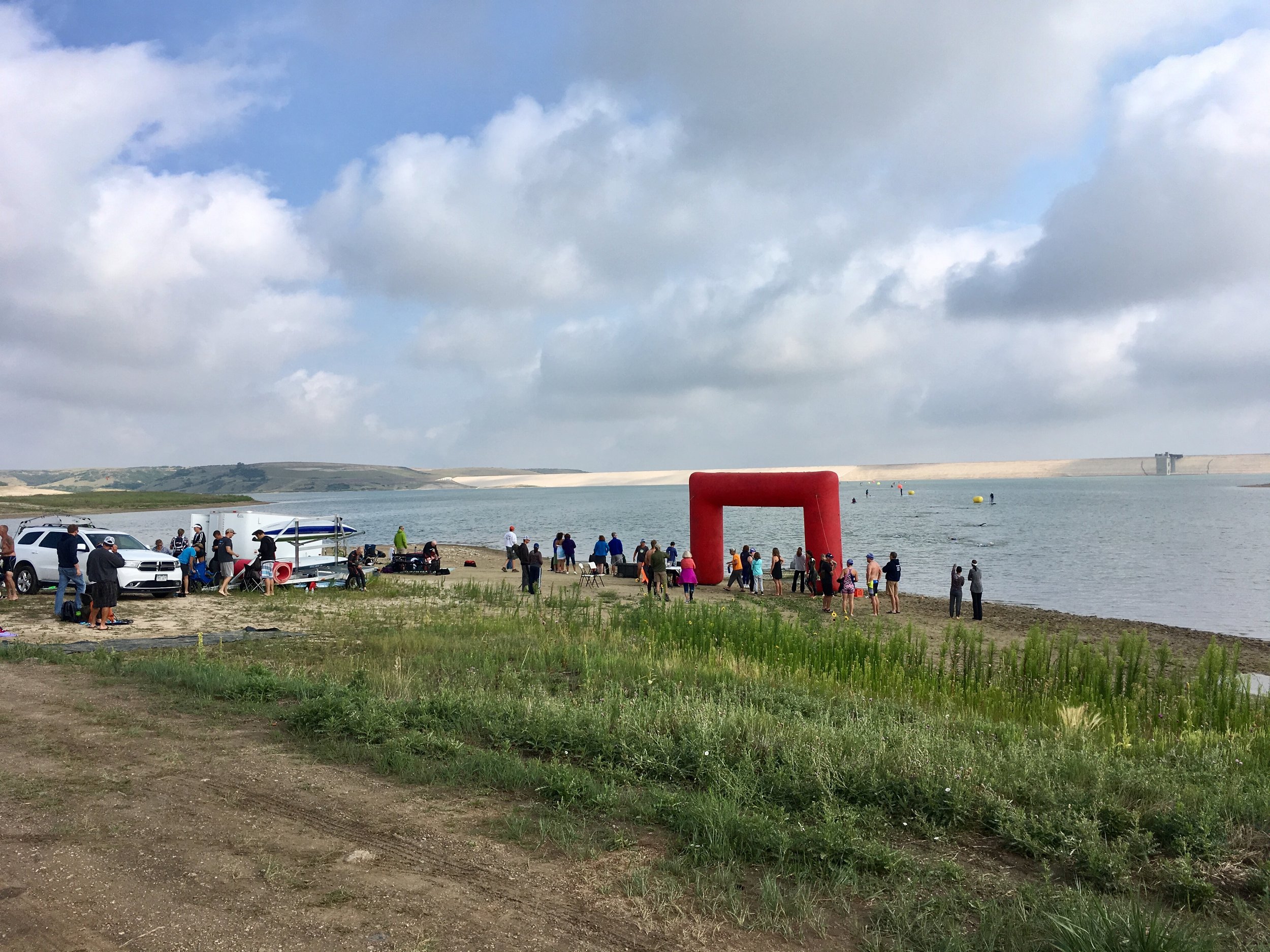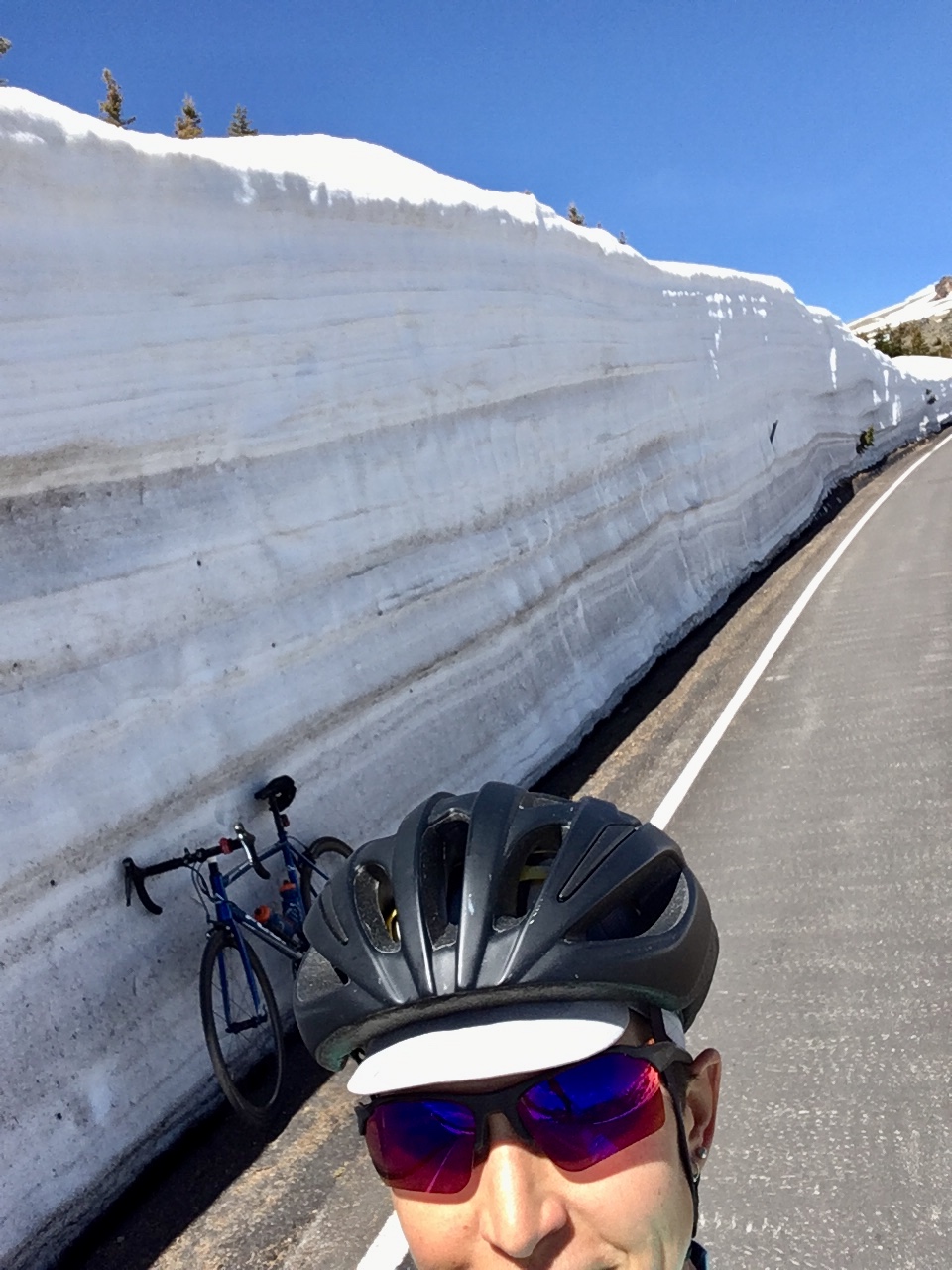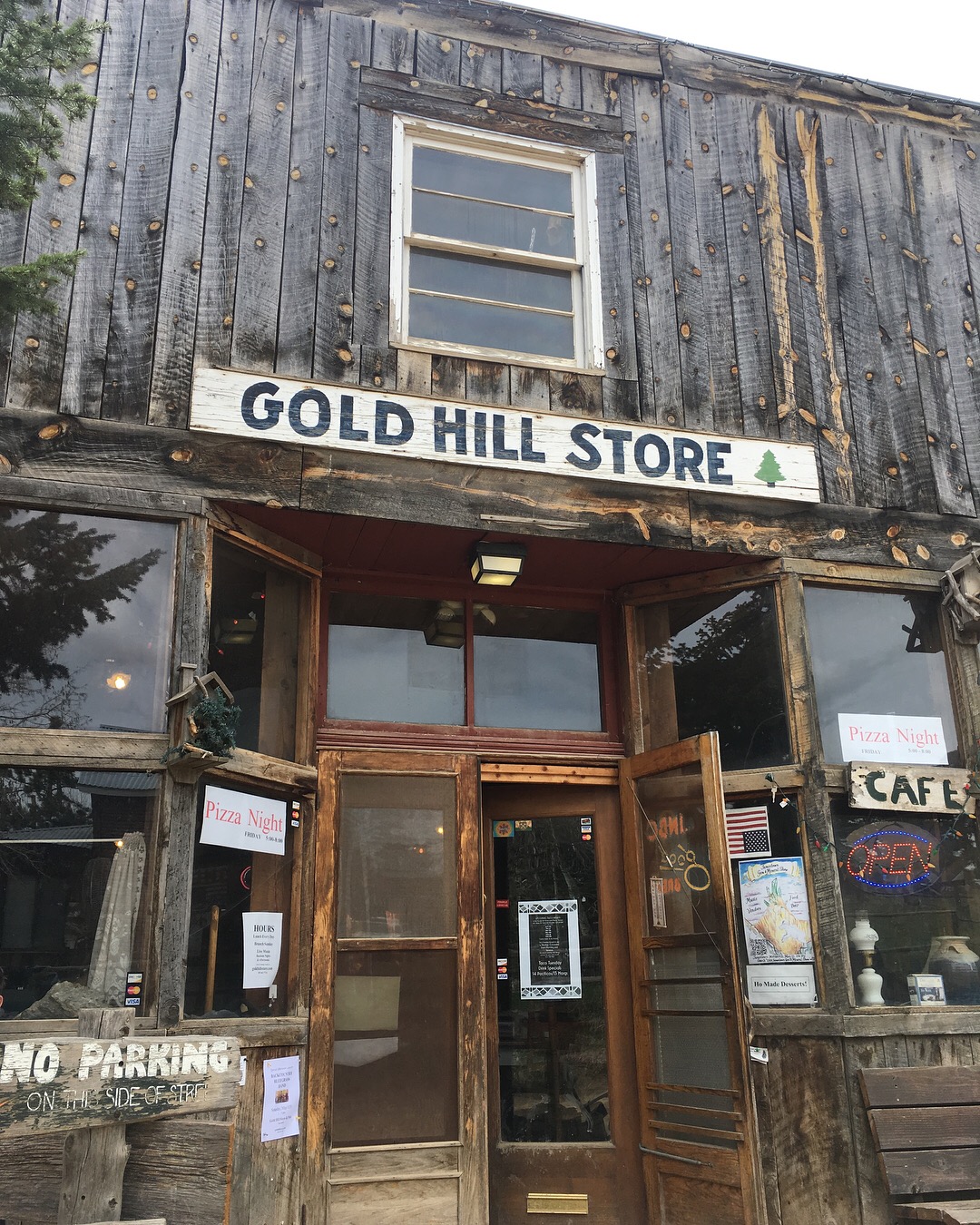This was my favorite event all year. The Western Slope is insane. And riding through the Colorado National Monument in Grand Junction, Colorado is adequately dubbed “touring the Moon.” The landscape is other-worldly. When I saw this event on the Roll Massif lineup back at the beginning of the summer, I knew I needed to try it. I went into this ride with high hopes, and the reality far exceeded what I imagined. Everything about this place is unbelievable. I tend to like to try different events rather than repeating the same ones, but I’m already ready to sign up for this next year.
I arrived in Grand Junction around 5pm the night before the ride. It was my first time in the area, and I enjoyed walking around downtown. I’ve read a lot about the history of the place, and it was nice to finally see it. Lots of great options for eating and drinking.
Riders were allowed to begin the ride any time between 7:30 and 8:30am, so obviously I was there at 7:15am. The morning was cool — around 55 — but heading up to 80 with full sun. I opted for a summer kit and was glad I did. The first few miles into the park were brisk, but lovely. The sun against the rocks gave a red-orange glow. Front and rear lights are required to ride in the park, and the reasoning became clear within the first 5 miles. There were several unlit tunnels, the first of which stretched about a quarter mile. Although this ride begins with 17 miles of climbing, it was never too intense. Plus, the scenery almost makes you forget about the exertion. It was tough not to snap pictures of the entire ride. Roll Massif bills their events as “not races,” though there was one 2-mile timed sprint, which was flat and fast.
Upon exiting the park, riders had the choice to loop back for a 41-mile route, or opt for a tour of Fruita and Loma to make it 64. The additional miles were rolling and fun, but the main event was certainly the National Monument. I only stopped at one of four aid stations, to fill up water. The wind was picking up and I didn’t want to extend the day any longer than necessary. The volunteers on the road were numerous and helpful. The course wasn’t overly complicated, but it was great to see so many people directing traffic.
Back at the finish line and convention center, there were vendors, snacks, and lots of relaxing. I would have preferred more snack options, instead of the sit-down pasta dinner, but I filled up my bottles with ice water and electrolyte mix. After rehydrating, I made my way back to my Airbnb and set out for home. I would have loved to stay another couple of days — and even ride the monument again — but this trip had to be a quick turn around for me. I’ll be back, Grand Junction — you’re magnificent.





























































